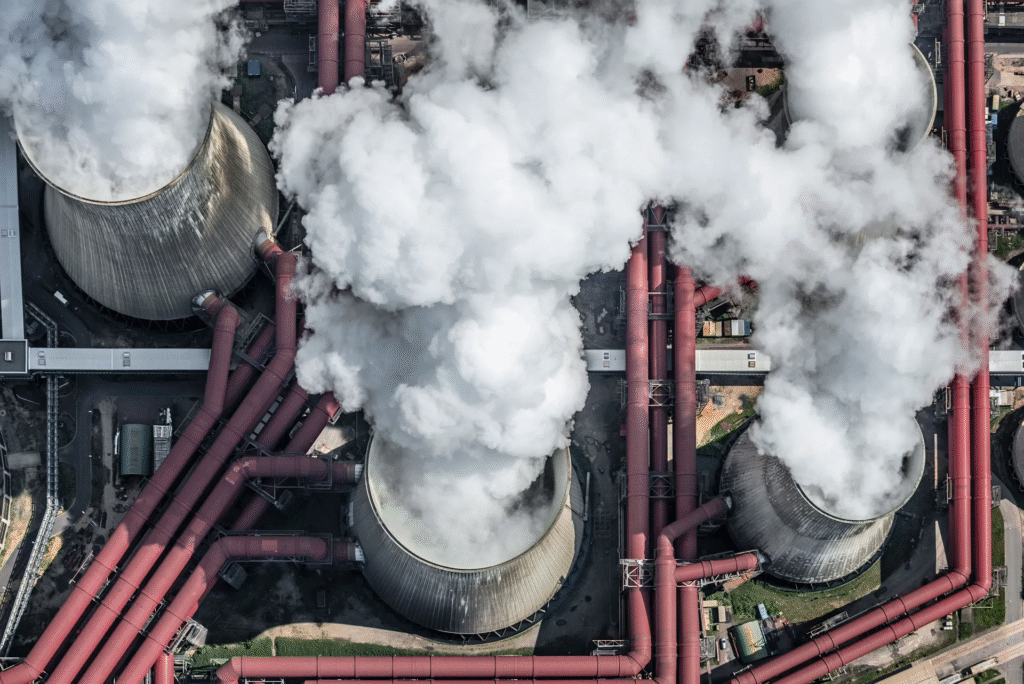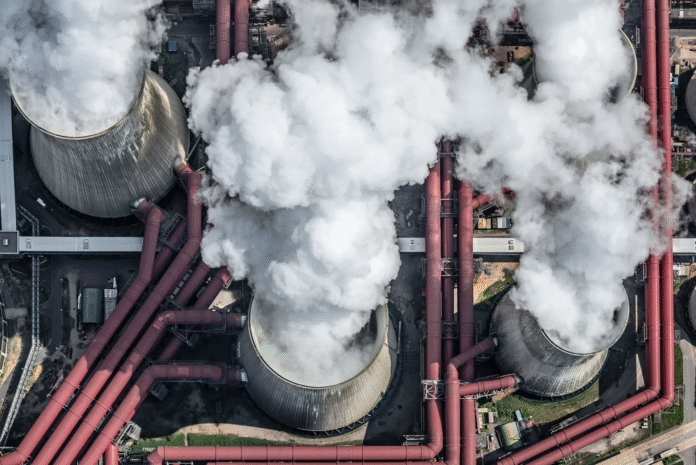
In a move that raised eyebrows among energy experts and environmentalists alike, President Donald Trump recently signed executive orders aimed at revitalizing the coal industry. While the president painted a rosy picture of a “beautiful, clean coal,” his plans to breathe life into this aging industry are rooted in an outdated understanding of both the energy market and the future of energy demand.
Trump has long made his support for coal a centerpiece of his political platform, often positioning himself as the champion of miners and coal jobs. This time, however, he’s tying his efforts to the increasing demand for electricity driven by data centers and artificial intelligence. The executive orders signed last week direct federal agencies to expedite coal leasing on public lands, designate coal as a “critical mineral,” and even explore ways to use coal to power the growing data industry.
But the reality is that this push to revive coal is disconnected from where the energy markets are heading today, and where they’ve already been. Despite Trump’s rhetoric, the coal industry faces economic and technological hurdles that are difficult to overcome.
The Coal Industry’s Decline Is an Economic Reality
While Trump continues to blame Democrats, including Joe Biden and Barack Obama, for the demise of coal, the truth is that the decline of coal-fired power plants predates his presidency. In fact, during Trump’s first term, more coal plants were retired than under either of Obama’s terms. The reality is not political; it’s economic.
Coal power is expensive, and its aging infrastructure only makes it more so. The last large coal-fired power plant built in the U.S. went online in 2013, and today, the average age of coal plants is 45 years. Maintaining and operating these outdated plants is increasingly costly, especially in comparison to more affordable alternatives. Natural gas, thanks to the fracking boom of the 2010s, has become cheaper and more abundant. Meanwhile, renewable energy sources like wind and solar are rapidly decreasing in cost and becoming increasingly competitive.
In 2023, coal accounted for just 16% of the U.S.’s power generation—down from 51% in 2001. The writing on the wall is clear: coal’s days as a dominant energy source in the U.S. are numbered, and no amount of political support will reverse that trend. As John Moore from the Natural Resources Defense Council points out, Trump’s executive orders put a thumb on one of the highest-cost energy sources at a time when cheaper and cleaner alternatives are readily available.
The Data Center Dilemma: Coal Isn’t the Answer
One of Trump’s key arguments for reinvigorating the coal industry is its potential to fuel the growing demand for electricity, particularly from data centers. As the world becomes more reliant on artificial intelligence and cloud computing, energy consumption from data centers is expected to skyrocket. In fact, Bloomberg Intelligence predicts that data center electricity use in the U.S. could quadruple in the next five years. Goldman Sachs projects that global energy demand from data centers could rise by 165% by the end of the decade.
In response to this projected surge in demand, some utilities are rethinking the planned retirement of coal plants. For example, in Virginia, the regional grid operator requested a delay in the shutdown of two coal plants to meet the energy needs of Amazon’s data centers. Similarly, coal plants in Nebraska are staying online longer to power the servers of Google and Meta.
But while keeping old plants alive might make sense in the short term, it’s hardly a long-term solution. As Seth Feaster, an energy data analyst, points out, the idea of using 18th-century technology (coal) to power 21st-century technology (AI) is absurd. Moreover, building new coal plants—something Trump has floated as a potential policy—would be a hard sell in today’s economy. Investors are wary of sinking capital into outdated technology, especially when alternatives like nuclear power, renewables, and battery storage are more attractive in the long run.
Even in states where coal still has political clout, data centers haven’t proven to be the savior Trump imagines. In West Virginia, for example, a bill aimed at jump-starting the data center industry stalled when lawmakers realized that mandating coal power for these facilities would increase energy costs for consumers. The state’s largest utility, Appalachian Power, argued that natural gas was the more financially viable option.
Regulatory Rollbacks: A Last-Ditch Effort
Trump’s executive orders also signal an intent to roll back environmental regulations that have been designed to curb coal plant emissions. The Environmental Protection Agency (EPA) has already moved to weaken a number of pollution standards, including those governing mercury and air toxics. The agency has even set up an email address for polluters to petition for exemptions from these regulations, effectively allowing coal plants to bypass the rules that are meant to protect public health.
This regulatory relaxation may reduce operational costs for coal plants in the short term, but it comes at a significant environmental cost. The long-term health impacts of unregulated coal pollution—including respiratory diseases, heart disease, and premature death—are well-documented. While the coal industry may save money in the immediate future, society will pay the price in terms of public health.
The Path Forward: Embracing the Future, Not the Past
While Trump’s push to save coal may resonate with his base, it overlooks the shifting realities of the energy market. The global transition to cleaner, more sustainable energy sources is already underway, and no amount of executive orders can reverse that momentum. Coal, once the backbone of industrial power, is increasingly being replaced by renewables and natural gas—technologies that are cleaner, cheaper, and more aligned with the future of energy.
In the long term, the U.S. would be better served by investing in the technologies of tomorrow—solar, wind, nuclear, and advanced battery storage—rather than trying to revive a dying industry. The shift away from coal isn’t just an environmental necessity; it’s an economic opportunity to create jobs in clean energy sectors and to ensure a healthier, more sustainable future for all.
Unfortunately, the current administration’s focus on propping up the coal industry feels like an attempt to turn back the clock—a futile effort to revive the past instead of embracing the future. The world is moving forward, and it’s time for the U.S. to do the same.


